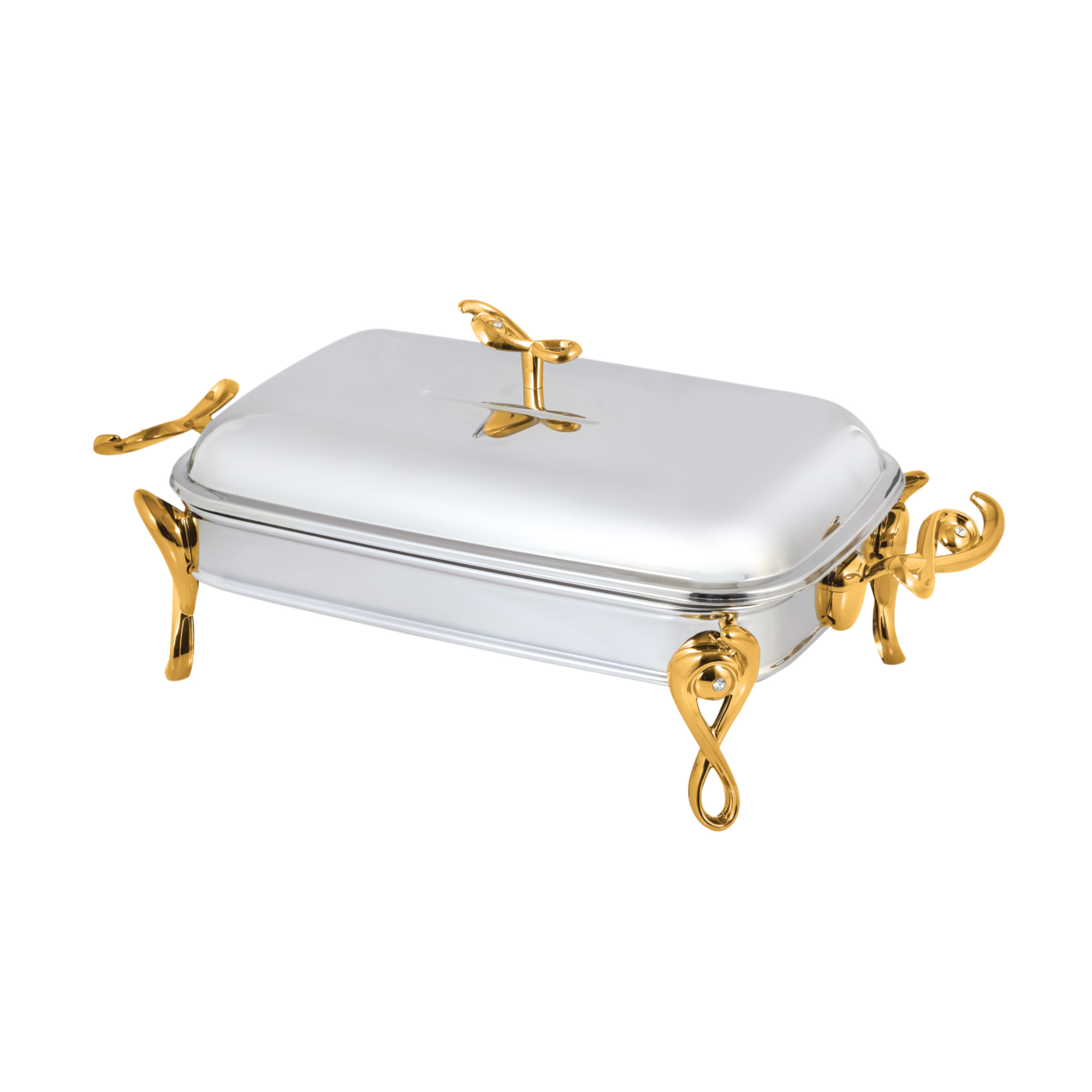Food warmers are an essential piece of equipment in any food service operation, whether it’s a restaurant, buffet, catering service, or even a home kitchen. These appliances ensure that your dishes remain at the perfect serving temperature without overcooking or drying out. In this article, we’ll explore what food warmers are, their benefits, types, and how to choose the right one for your needs.
What Are Food Warmers?
Food warmers, also known as food holding cabinets or heat lamps, are designed to maintain the temperature of cooked food until it is ready to be served. They work by providing consistent, gentle heat that keeps food warm without compromising its quality. This is particularly important in commercial kitchens where timing and presentation are crucial.
There are several types of food warmers available on the market:
- Countertop Food Warmers : Compact and portable, these are ideal for small kitchens or buffets.
- Drop-In Food Warmers : Built into countertops, these are perfect for self-service stations.
- Undercounter Food Warmers : These save space and are often used in professional kitchens.
- Portable Food Warmers : Ideal for caterers who need mobility during events.
Benefits of Using Food Warmers
- Consistent Temperature Control : Food warmers ensure that your dishes are served at the optimal temperature, enhancing the dining experience.
- Improved Food Safety : By keeping food above the danger zone (below 40°F or above 140°F), food warmers reduce the risk of bacterial growth.
- Enhanced Presentation : Warm food looks more appetizing and inviting, which can increase customer satisfaction.
- Time Efficiency : With food warmers, you can prepare dishes in advance and serve them hot when needed, streamlining





